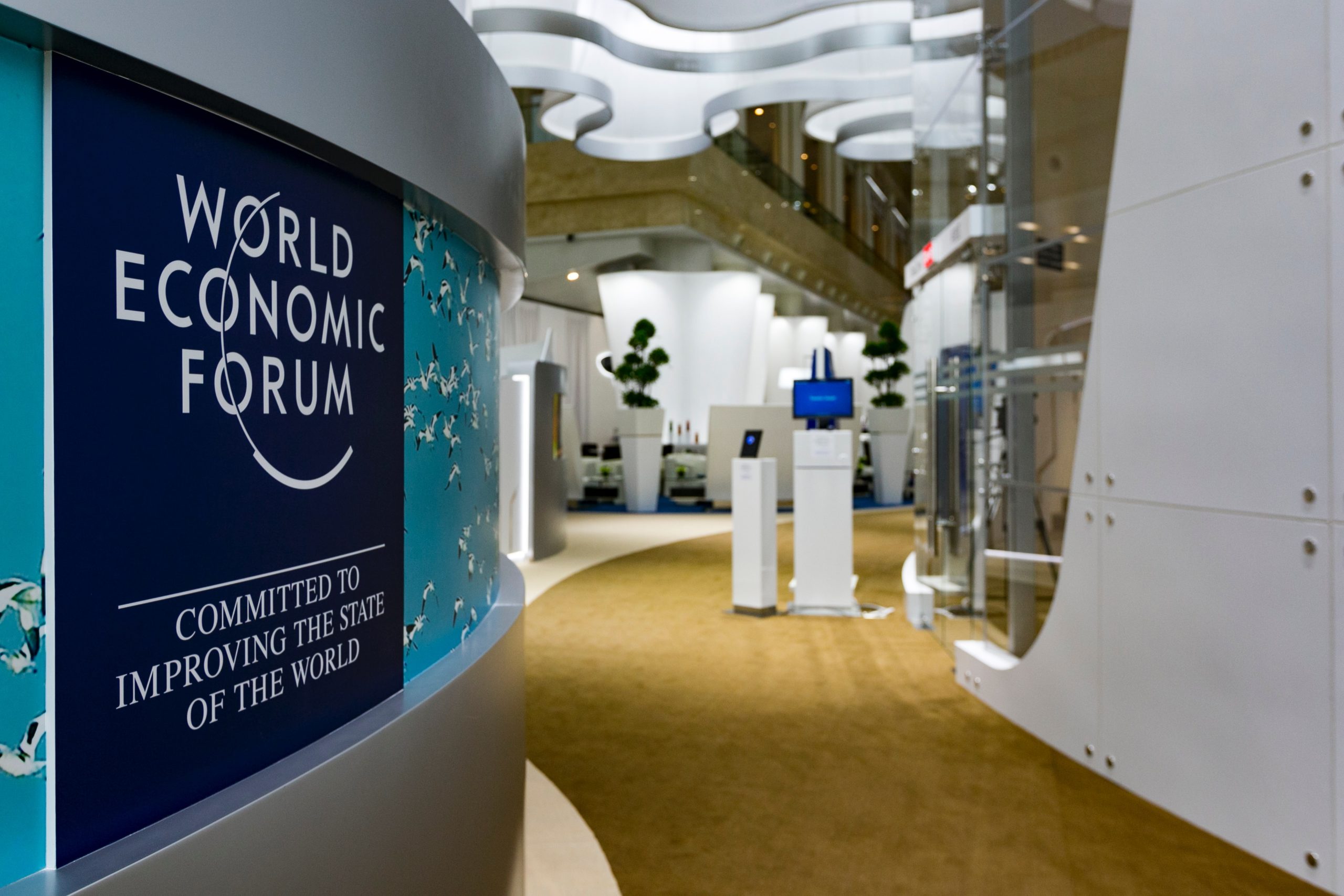 Nearly 1,000 leaders from the public and private sectors are gathered in Puerto Vallarta, Mexico to shape strategies to accelerate Latin America’s economic growth and social development and build confidence in its global potential. These were some of the eye-opening facts for me from day 1:
Nearly 1,000 leaders from the public and private sectors are gathered in Puerto Vallarta, Mexico to shape strategies to accelerate Latin America’s economic growth and social development and build confidence in its global potential. These were some of the eye-opening facts for me from day 1:
- Latin America’s competitive advantage is the youth of its workforce: its average population age is 27, whereas it’s 36-37 in the U.S. and China, and 46-47 in Japan. This bodes well for Latin America’s economy.
- The Mexican state of Jalisco, where Puerto Vallarta is located, is Latin America’s “Silicon Valley” — eclipsing most of Latin America with 6,500 engineering grads each year. Half of all blackberries and flat screens are made here.
- Peru and Colombia are considered the fastest growing new economies, with Brazil considered “overexposed” — according to Morgan Stanley’s Chairman in Latin America. Smart investors — heed this tip.
- If leaders here could figure out how to shut down drug cartels, economic growth could be as much as 25% higher. Police corruption, organized crime and insecurity cost the region dearly.
- The primary consumer of illegal cocaine from Latin America is the United States of America.
- Mexico will chair the G20 and hold its presidential election this year. Trade and investment, financial inclusion, food security, employment, green growth and innovation are at the top of the agenda.
- Social Entrepreneurism is booming in Latin America: awards were given to six people with financially sustainable solutions for social and environmental problems in Latin America. These included an e-learning model to close the digital divide in Mexico, a water filtration product to reduce dysentary, a micro-consignment model to allow the poor to sell products; and a parks improvement initiative. The winners were men and women, young and old.
- We need to produce 70% more food in the next few decades to meet a growing demand for quantity, variety and nutrition, a huge challenge to the world’s natural resource base. This will require better post-harvest waste reduction, pest management, higher yielding seeds, precision farming, irrigation pumps, among other things.
- Latin America’s population of 600 million is young; a big challenge will be to engage and educate the region’s next generation. In Mexico alone, where 30% are between 18 and 29, it’s not a sign of youth engagement that Mexican President Felipe Calderon has only 1.5 million Twitter followers <considering President Obama has 10 times that.> Ten million Mexicans will be voting for the first time in the 2012 presidential election and the term is six years!
- Mexican tequila production has doubled since 1995; growing demand from the U.S. has boosted exports in recent years. (this is not an official WEF fact — I looked it up since tequila has been ubiquitious here).
A bonus fact is that there is human art (see photo at top of post) on wide display at the World Economic Forum on Latin America.



